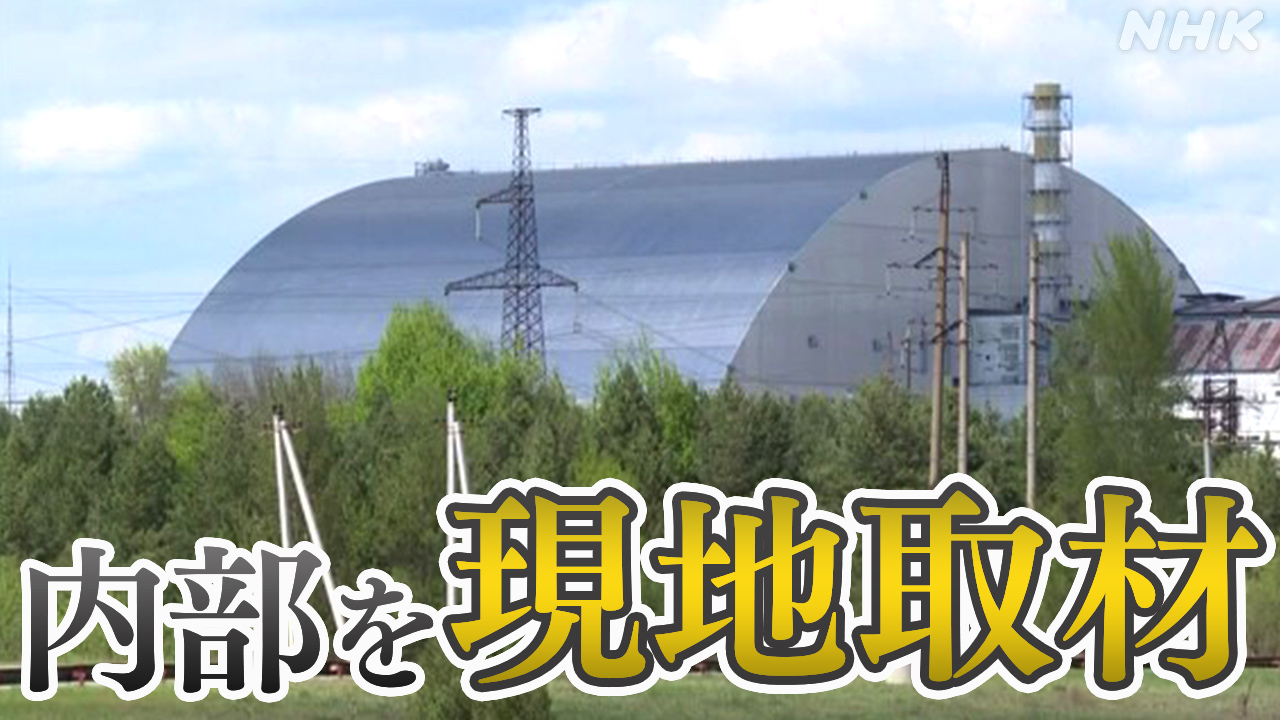Chernobyl's Damaged Shelter: The Aftermath of War
The ongoing war in Ukraine has cast a long shadow over the Chernobyl Exclusion Zone, raising serious concerns about the safety and security of the damaged nuclear reactor shelter, the sarcophagus. This article delves into the impact of the conflict on the site, exploring the potential risks and the ongoing efforts to maintain stability in this already precarious location.
The Pre-War Situation: A Fragile Peace
Before the invasion, the Chernobyl Exclusion Zone was a carefully managed area. The New Safe Confinement (NSC), a massive arch-like structure built over the original sarcophagus, was a testament to international collaboration aimed at containing the radioactive materials. While the area was still heavily contaminated, decades of work had established a relatively stable environment, albeit one requiring constant monitoring and maintenance. However, this fragile peace was shattered by the Russian invasion.
Key Challenges Before the War:
- Long-term radioactive waste management: The ongoing challenge of safely storing and managing the vast amounts of radioactive waste generated by the disaster.
- Infrastructure maintenance: The need for continuous maintenance and upgrades of the aging infrastructure within the Exclusion Zone.
- Scientific research: Ongoing research on the long-term environmental and health impacts of the Chernobyl disaster.
The Impact of War: Increased Risks and Uncertainties
The Russian occupation of the Chernobyl Power Plant in the early days of the war brought unprecedented risks. Reports of elevated radiation levels near the plant raised international alarm. While these initial spikes were later attributed to disturbed soil and equipment movement, the occupation highlighted the vulnerability of the site to conflict.
Specific War-Related Threats:
- Disruption of monitoring and maintenance: The occupation severely hampered the ability of Ukrainian specialists to monitor the site and perform necessary maintenance on critical infrastructure. This included the NSC and the surrounding monitoring equipment.
- Potential for damage to the NSC: The possibility of direct or indirect damage to the New Safe Confinement from military activity posed a significant threat to the containment of radioactive materials. This could lead to a catastrophic release of radiation.
- Security breaches and theft: The chaotic situation created opportunities for looting and potential theft of radioactive materials, posing serious risks to the surrounding environment and population.
The Post-Occupation Situation: Recovery and Ongoing Concerns
After the Ukrainian forces regained control of the Chernobyl Power Plant, assessments were undertaken to evaluate the extent of damage and to restore normal operations. While the NSC remained intact, the long-term effects of the occupation on the plant’s stability and the environment are still being investigated.
Key Areas of Ongoing Concern:
- Long-term environmental monitoring: The need for comprehensive monitoring to assess the long-term environmental impacts of the occupation and any potential changes in radiation levels.
- Security and protection: Strengthening security measures to prevent future disruptions and unauthorized access to the site.
- International cooperation: Continued international collaboration is crucial for supporting Ukraine in managing the site and ensuring long-term safety.
Looking Ahead: Lessons Learned and Future Strategies
The Chernobyl disaster, and now the impact of the war, underscore the critical importance of international cooperation in managing high-risk nuclear sites. The events in Ukraine highlight the vulnerability of even well-protected facilities to geopolitical instability and conflict. Future strategies need to focus on robust security protocols, proactive risk management, and continuous international collaboration to prevent similar events from happening again.
Further Reading: For more information on the Chernobyl disaster and the ongoing situation, you can explore resources from the and .
Call to Action: Stay informed about the situation in Chernobyl and support organizations working to ensure the long-term safety and security of the site. Your awareness can help drive positive change and responsible management of nuclear facilities globally.
